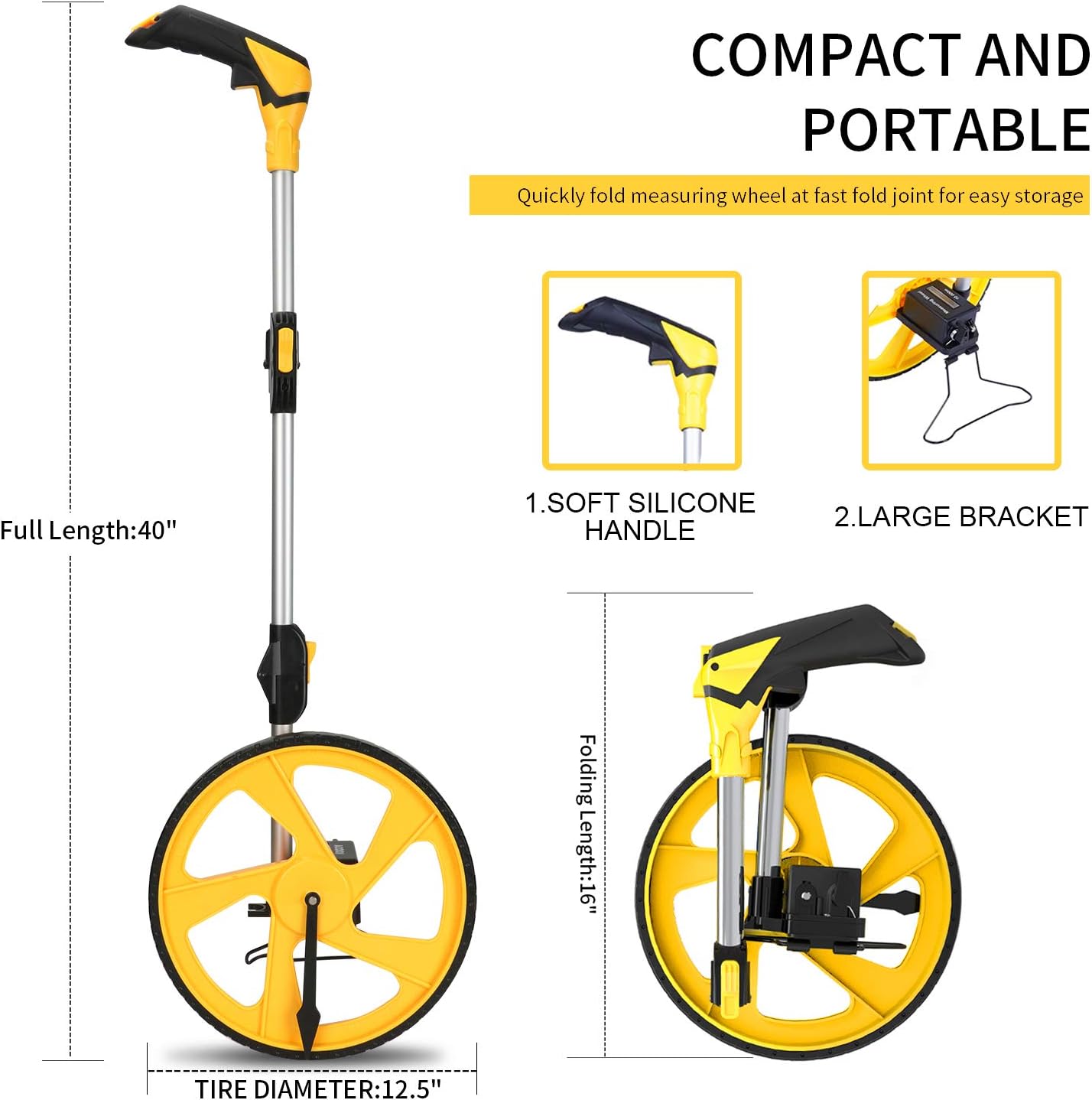
-
 Afrikaans
Afrikaans -
 Albanian
Albanian -
 Amharic
Amharic -
 Arabic
Arabic -
 Armenian
Armenian -
 Azerbaijani
Azerbaijani -
 Basque
Basque -
 Belarusian
Belarusian -
 Bengali
Bengali -
 Bosnian
Bosnian -
 Bulgarian
Bulgarian -
 Catalan
Catalan -
 Cebuano
Cebuano -
 Corsican
Corsican -
 Croatian
Croatian -
 Czech
Czech -
 Danish
Danish -
 Dutch
Dutch -
 English
English -
 Esperanto
Esperanto -
 Estonian
Estonian -
 Finnish
Finnish -
 French
French -
 Frisian
Frisian -
 Galician
Galician -
 Georgian
Georgian -
 German
German -
 Greek
Greek -
 Gujarati
Gujarati -
 Haitian Creole
Haitian Creole -
 hausa
hausa -
 hawaiian
hawaiian -
 Hebrew
Hebrew -
 Hindi
Hindi -
 Miao
Miao -
 Hungarian
Hungarian -
 Icelandic
Icelandic -
 igbo
igbo -
 Indonesian
Indonesian -
 irish
irish -
 Italian
Italian -
 Japanese
Japanese -
 Javanese
Javanese -
 Kannada
Kannada -
 kazakh
kazakh -
 Khmer
Khmer -
 Rwandese
Rwandese -
 Korean
Korean -
 Kurdish
Kurdish -
 Kyrgyz
Kyrgyz -
 Lao
Lao -
 Latin
Latin -
 Latvian
Latvian -
 Lithuanian
Lithuanian -
 Luxembourgish
Luxembourgish -
 Macedonian
Macedonian -
 Malgashi
Malgashi -
 Malay
Malay -
 Malayalam
Malayalam -
 Maltese
Maltese -
 Maori
Maori -
 Marathi
Marathi -
 Mongolian
Mongolian -
 Myanmar
Myanmar -
 Nepali
Nepali -
 Norwegian
Norwegian -
 Norwegian
Norwegian -
 Occitan
Occitan -
 Pashto
Pashto -
 Persian
Persian -
 Polish
Polish -
 Portuguese
Portuguese -
 Punjabi
Punjabi -
 Romanian
Romanian -
 Russian
Russian -
 Samoan
Samoan -
 Scottish Gaelic
Scottish Gaelic -
 Serbian
Serbian -
 Sesotho
Sesotho -
 Shona
Shona -
 Sindhi
Sindhi -
 Sinhala
Sinhala -
 Slovak
Slovak -
 Slovenian
Slovenian -
 Somali
Somali -
 Spanish
Spanish -
 Sundanese
Sundanese -
 Swahili
Swahili -
 Swedish
Swedish -
 Tagalog
Tagalog -
 Tajik
Tajik -
 Tamil
Tamil -
 Tatar
Tatar -
 Telugu
Telugu -
 Thai
Thai -
 Turkish
Turkish -
 Turkmen
Turkmen -
 Ukrainian
Ukrainian -
 Urdu
Urdu -
 Uighur
Uighur -
 Uzbek
Uzbek -
 Vietnamese
Vietnamese -
 Welsh
Welsh -
 Bantu
Bantu -
 Yiddish
Yiddish -
 Yoruba
Yoruba -
 Zulu
Zulu


Aug . 05, 2024 15:18 Back to list
Ensuring Safe Operation and Maintenance Practices for Lever Hoists in All Work Environments
Safety Guidelines for Lever Hoist Use
Lever hoists, commonly known as chain hoists, are essential tools in various industries for lifting and moving heavy loads efficiently. While their design offers significant mechanical advantage, operators must adhere to safety guidelines to prevent accidents and ensure a safe working environment. Understanding how to operate lever hoists safely can make a significant difference in reducing workplace injuries.
Understanding the Lever Hoist
A lever hoist is a manually operated device that utilizes a lever and a chain to lift or lower objects. By pulling the lever, the operator exerts force that hoists the load with minimal physical effort. This tool is commonly employed in construction sites, warehouses, and automotive repair shops for lifting items like machinery, structural components, and heavy materials. However, improper use can lead to hazardous situations, including equipment failure or injury.
Pre-Operation Safety Checks
Before using a lever hoist, conducting thorough pre-operation checks is essential. Operators should inspect the hoist for signs of wear or damage, such as frayed chains, damaged hooks, or malfunctioning levers. It's crucial to ensure that the lever hoist is rated for the weight of the load it will lift. Overloading the hoist can cause it to fail, leading to collapse or injury.
Additionally, operators should verify that the hoist's attachment point is secure and capable of supporting the load. Using the hoist on unstable or uneven surfaces can result in accidents. Familiarizing oneself with the manufacturer’s guidelines and operational limits is paramount in promoting safe usage.
Proper Lifting Techniques
Proper lifting techniques play a vital role in the safe operation of lever hoists. Operators should always position themselves in a secure stance while using the hoist, keeping their body clear of the load’s path. When pulling the lever, ensure that no one is standing underneath or beside the load. Communication among team members is key; operators should signal clearly when lifting, lowering, or repositioning a load.
lever hoist safety

It is also essential to maintain a steady and controlled movement during lifting. Jerky or rapid motions can destabilize the load or cause it to sway, increasing the risk of slips or drops. If unsure about the load's balance or if it begins to sway, operators should pause and reassess before proceeding.
Use of Personal Protective Equipment (PPE)
Wearing appropriate personal protective equipment (PPE) is another crucial aspect of lever hoist safety. Operators should wear helmets, gloves, and steel-toed boots to protect against falling objects or accidents. High-visibility clothing can also enhance safety, particularly in busy environments where multiple tasks occur simultaneously.
Regular Training and Maintenance
Regular training for all personnel involved in lifting operations with lever hoists is essential. Understanding the proper operating procedures, safety measures, and emergency protocols can significantly minimize risks. Companies should conduct safety training sessions that include practical demonstrations and refreshers to ensure that everyone is competent in using the equipment safely.
Equally important is the maintenance of the lever hoist. Scheduled inspections and servicing by qualified personnel can address potential issues before they lead to failures. Keeping a maintenance log can help track inspections and any repairs made.
Conclusion
Lever hoists are invaluable tools in lifting and moving heavy objects, but safety must always be the top priority. By following stringent safety guidelines—conducting pre-operation checks, employing proper lifting techniques, utilizing PPE, and engaging in regular training—workers can mitigate risks associated with their use. A commitment to safety not only protects individuals but also enhances overall workplace productivity and morale.
Latest news
What Are Construction Tools and How Are They Used?
NewsJul.11,2025
Professional-Grade Duct Rodding Tools for Superior Cable Installation
NewsJul.11,2025
Enhancing Safety and Efficiency with Modern Hot Stick Solutions
NewsJul.11,2025
Empowering Cable Installation with Advanced Rodder Solutions
NewsJul.11,2025
Elevate Your Cable Installation Projects with Cable Pulling Tools
NewsJul.11,2025
Efficient Cable Handling Solutions: Cable Rollers for Sale
NewsJul.11,2025











